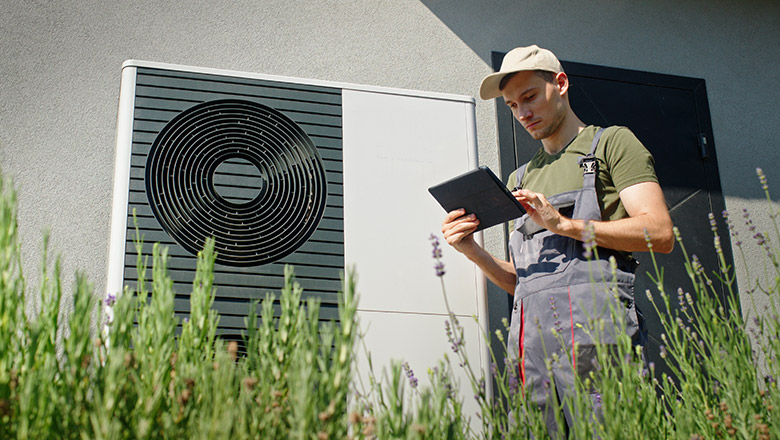02.05.2025
Written by
LIONONIC
How environmentally friendly are the latest generation of air conditioners?
Air conditioners have long had the reputation of being energy guzzlers and climate offenders. But technology has changed dramatically in recent years. Modern systems are now not only more efficient but also significantly more environmentally friendly. They consume less energy, use more sustainable refrigerants, and are designed to minimize environmental impact. So, anyone who still believes that air conditioners are inherently bad for the climate is mistaken the latest generations prove that comfort and sustainability can indeed go hand in hand.
Modern refrigerants with lower global warming potential
A key factor in how environmentally friendly an air conditioner is lies in the refrigerant it uses. Older systems often operated with substances that had a high Global Warming Potential (GWP). When these leaked into the atmosphere, they contributed heavily to global warming.
Today, most manufacturers rely on the refrigerant R32. It has a much lower GWP than older substances like R410A and is also more energy-efficient. This means the unit requires less refrigerant while still achieving higher performance – significantly reducing its ecological footprint.


Energy efficiency through modern technology
Another major advancement is inverter technology. While older systems constantly switched on and off, a modern inverter unit adjusts its output continuously. It works only as hard as necessary to maintain the desired temperature, saving energy and protecting components.
In addition, many modern systems feature energy-saving modes and intelligent sensors that automatically adjust operation. For instance, they can detect whether someone is in the room and reduce output when the space is empty. This ensures that energy is used only when truly needed.
Recycling and sustainable materials
There have also been significant improvements in materials. Manufacturers now place greater emphasis on components that are recyclable and contain fewer harmful substances. The casings often consist of reusable plastics, and many metal parts can easily be recycled.
Furthermore, production processes are becoming more sustainable. Some manufacturers run their own recycling programs or offer take-back services for old units to conserve resources and reduce waste.
Less energy consumption = Lower CO₂ emissions
One of the biggest environmental advantages of modern air conditioners is their much lower power consumption. Because they operate more efficiently, they require less energy to achieve the same cooling effect. On Cyprus, where units often run for many hours each day, this difference is especially noticeable – both on the electricity bill and in the carbon footprint.
Replacing an old air conditioner with a modern system can reduce electricity consumption by 30 to 50 percent. That not only saves money but also significantly cuts individual CO₂ emissions.
Responsible use
The user also plays an important role in environmental protection. Regular maintenance, keeping filters clean, and setting the temperature wisely all help conserve energy. Raising the set temperature by just one degree can reduce energy use by around six percent.
It’s also helpful to operate the system only when needed. Automatic timers and smart home controls make this easier than ever.
Conclusion - sustainable comfort is possible
Modern air conditioners are a great example of how comfort, efficiency, and environmental awareness can coexist. Thanks to new technologies, eco-friendly refrigerants, and intelligent control systems, they are far more sustainable than previous generations.
Those who choose a modern unit and maintain it regularly can enjoy a pleasant indoor climate with a clear conscience when it comes to the environment and energy use.
Energy efficiency through modern technology
Another major advancement is inverter technology. While older systems constantly switched on and off, a modern inverter unit adjusts its output continuously. It works only as hard as necessary to maintain the desired temperature, saving energy and protecting components.
In addition, many modern systems feature energy-saving modes and intelligent sensors that automatically adjust operation. For instance, they can detect whether someone is in the room and reduce output when the space is empty. This ensures that energy is used only when truly needed.

